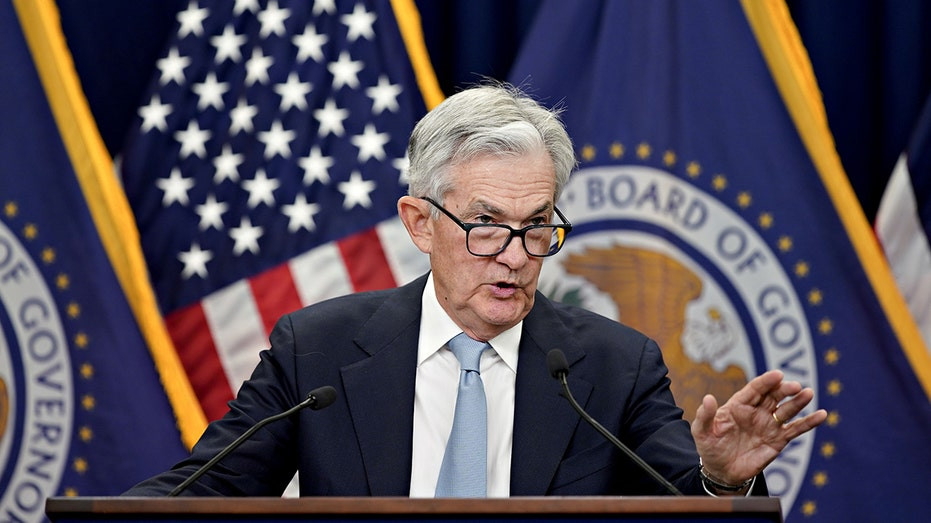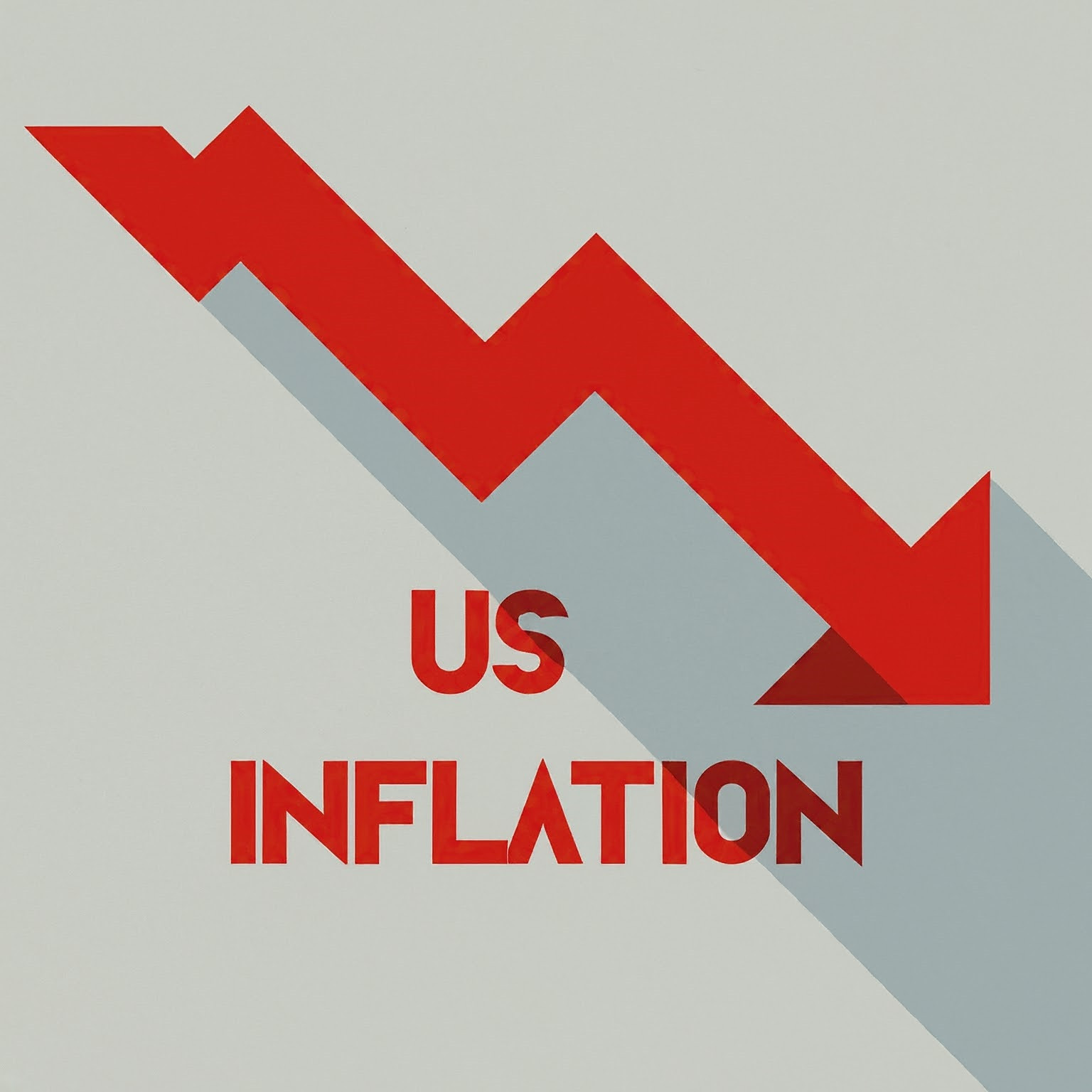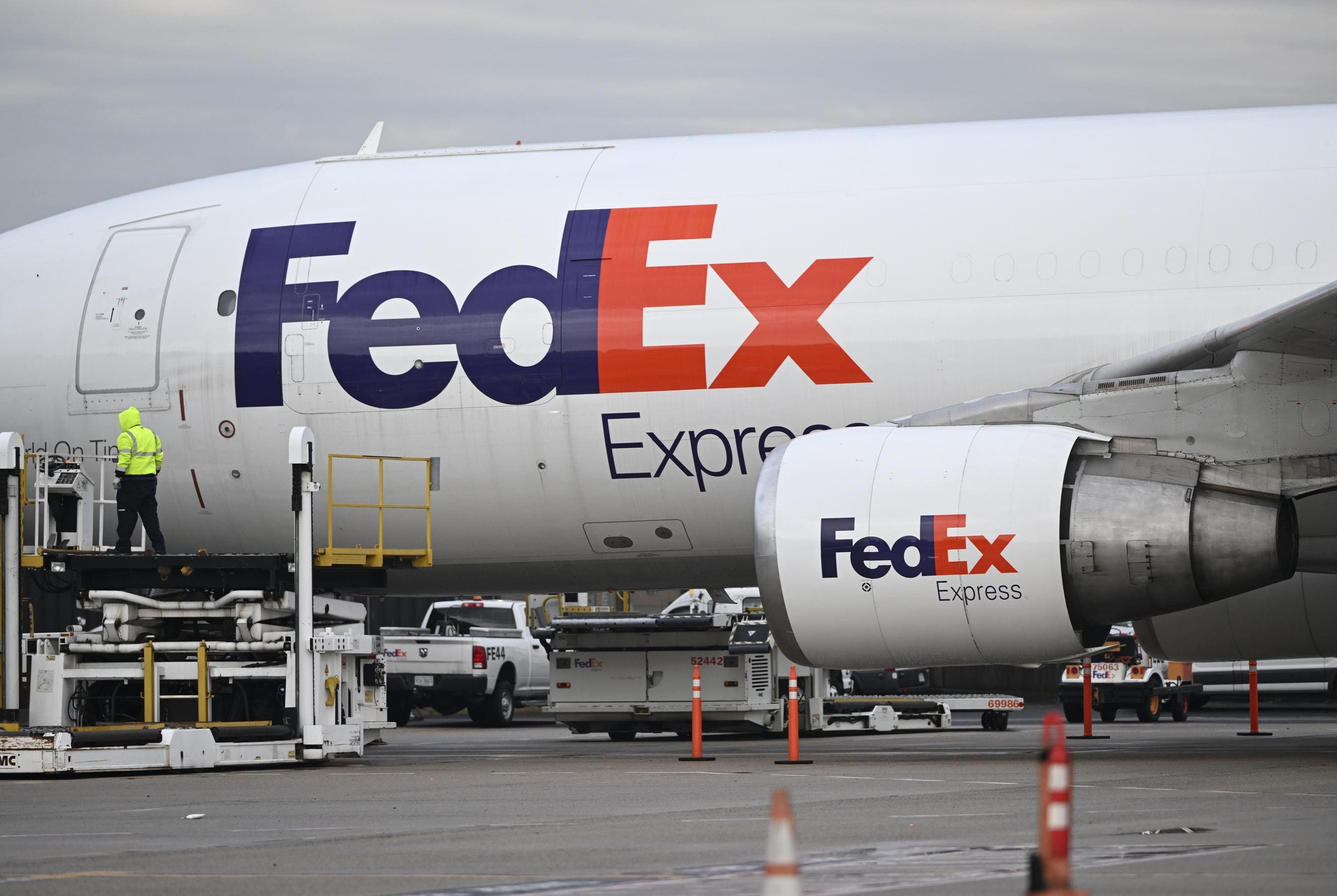November's CPI Report: Inflation's Unexpected Pause
The upcoming release of the November Consumer Price Index (CPI) report is generating significant buzz within the financial world. Economists are anticipating a 2.7% year-over-year inflation rate, a slight uptick from October's 2.6% but still below the trailing 12-month average of 3.0%. This seemingly small increase has ignited debates regarding the Federal Reserve's (Fed) planned interest rate cut scheduled for next week. The consensus amongst many experts, such as Dan North, senior economist at Allianz Trade Americas, is that inflation remains stubbornly persistent. His statement, “Looking at these measures, there's nothing in there that says the inflation dragon has been slain,” captures the prevailing sentiment of concern.
Core Inflation and its Implications
The core inflation rate, which excludes volatile food and energy prices, is projected to remain at 3.3%, unchanged from October. This persistent core inflation adds weight to the argument that the battle against high living costs is far from over. The projected 0.3% monthly increase in both headline and core inflation underscores the challenges ahead. This persistent inflation, running well above the Fed's 2% target, and coupled with macroeconomic growth near 3%, is typically an environment that wouldn’t support interest rate cuts.
Dissecting the Projections
Several key areas are likely contributing to the anticipated November CPI increase. Goldman Sachs projects a 2% monthly increase in car prices and a 1% rise in airfares. The persistent increase in auto insurance, estimated at a further 0.5% rise in November, after a 14% increase over the past year, adds to inflationary pressures. These projections suggest that even with anticipated disinflation in areas such as autos, housing rentals, and a softening labor market, challenges remain. The projected 2.7% core CPI inflation for next year, even with the Fed’s target gauge moving slightly lower, points to ongoing inflationary pressures, according to Goldman Sachs' projections.
The Federal Reserve's Dilemma
Despite the unexpected inflation stall, futures markets are overwhelmingly betting on a quarter-point interest rate cut by the Fed at its December 18th meeting. The odds of this cut have risen to near 88% according to the CME Group's FedWatch measure. Economists like Dan North suggest the Fed's desire to avoid surprising the market plays a significant role in their decision-making process. Yet, he also expressed reservations about the appropriateness of rate cuts given the sustained inflation figures, as he states, “Two percent to me doesn't mean just touching 2% and bouncing along. It means hitting 2% for a continuous, foreseeable future.” The market anticipates the Fed might skip the January meeting before potentially cutting rates again in March. However, with ongoing inflationary pressures, the timing and extent of any further rate cuts remain uncertain.
The Impact of Potential Tariffs
Adding another layer of complexity is President-elect Donald Trump’s planned tariffs. While Goldman Sachs foresees further disinflation in 2025 from easing in autos and housing rental markets, they caution that Trump's tariffs could sustain elevated inflation. This underscores the delicate balancing act facing the Fed, where the easing of several economic factors is potentially offset by the inflationary impact of trade policies. This is further echoed by Wells Fargo's assessment that the 'final leg of inflation's journey back to the Fed's 2% target looks increasingly difficult'.
The Market's Reaction and Future Outlook
The market's reaction to the November CPI report will be crucial in shaping expectations for future economic policy. A larger-than-expected increase could trigger a sell-off in the markets. In contrast, a figure consistent with expectations could reduce volatility. The report will be a key piece in a larger puzzle, which includes data like that published by the Bureau of Labor Statistics on Thursday regarding the Producer Price Index, that informs market sentiment. This ongoing interplay between economic data and market reactions will dictate the Fed's course of action in the coming months. The continued assessment of various economic indicators is key to navigating the complexities of the current inflation landscape. The future path of interest rates hinges on the evolving relationship between inflation, growth, and market confidence.
Navigating the Inflationary Labyrinth: A Path Forward
The economic landscape is a complex and dynamic environment. The recent uptick in inflation highlights the difficulty of navigating economic uncertainty, particularly in light of the complexities introduced by external political decisions. The Federal Reserve’s decisions regarding interest rates are critical components influencing the economic course, and these decisions must be informed by accurate and comprehensive analysis of economic data like the CPI and PPI. The continuing interplay between economic forces and policy responses will continue to define the near future. The journey back to the Fed's target inflation rate remains a delicate balance between managing current pressures and anticipating potential future risks.


















